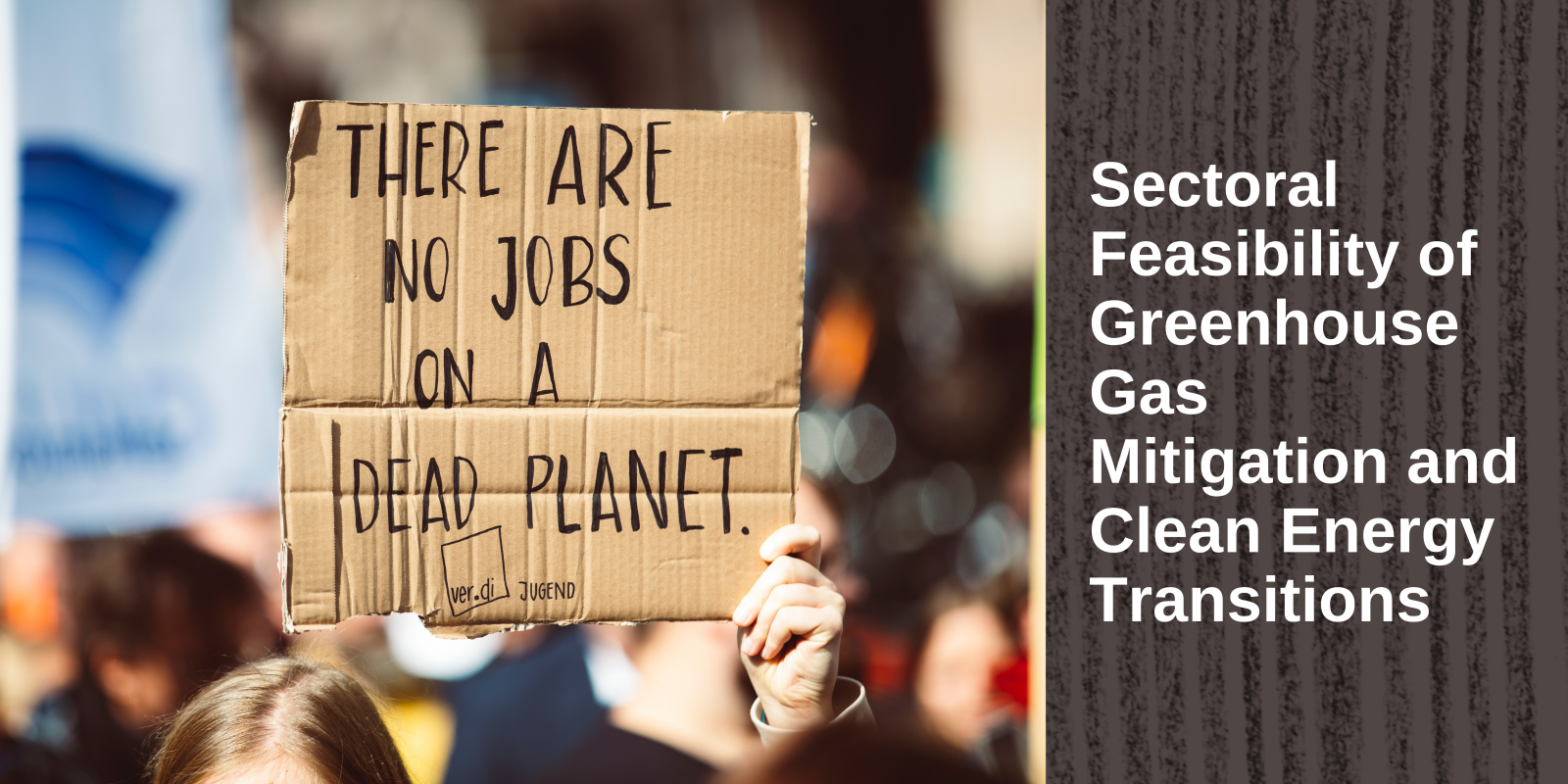
The ease of decarbonization varies considerably across different sectors of the economy. For example, in the U.S., greenhouse gas (GHG) emissions from the electricity sector are already falling due to rapid deployment of renewables and substitution of natural gas for coal, but buildings and transportation will likely be more difficult to decarbonize, and industry will probably be the toughest challenge. At the same time, climate policy efforts have shifted from international agreements and broad, federal policies to more granular regulations that target particular sectors. Therefore, it is critical to develop a better understanding of the sectors where the most cost-effective GHG reduction opportunities lie, and the types of policies that would induce the most favorable technology transformations. This interdisciplinary project measures the ease of decarbonizing different sectors of the economy along two dimensions: (1) techno-economic and (2) political-organizational. By combining these two complementary lenses, this project aims to demonstrate how a politically feasible portfolio of sectoral mitigation policies could be designed to steer the U.S. economy along a decarbonization pathway that is the most techno-economically optimal. In Year 2, we will conduct a comparative analysis of sectoral decarbonization in the U.S., China, and India.
Read a press release about the team's paper in Energy Policy
Principle Investigators
Team Members
Project Publications
Assessing the Political Feasibility of Decarbonizing the US Transport Sector
UT Energy Institute
Assessing the Political Feasibility of Decarbonizing the US Buildings Sector
UT Energy Institute
Pandemic Disruptions in Energy and the Environment
Elementa: Science of the Anthropocene
Solar Federalism: What Explains the Variation in Solar Capacity Additions by India’s States?
Energy Research & Social Science
The Challenges of Coal Phaseout: Coal Plant Development and Foreign Finance in Indonesia and Vietnam
Global Environmental Politics
Cascading Risks: Understanding the 2021 Winter Blackout in Texas
Energy Research & Social Science
The Role of U.S.-Canada Electricity Trade in North American Decarbonization Pathways
Energy Strategy Reviews

